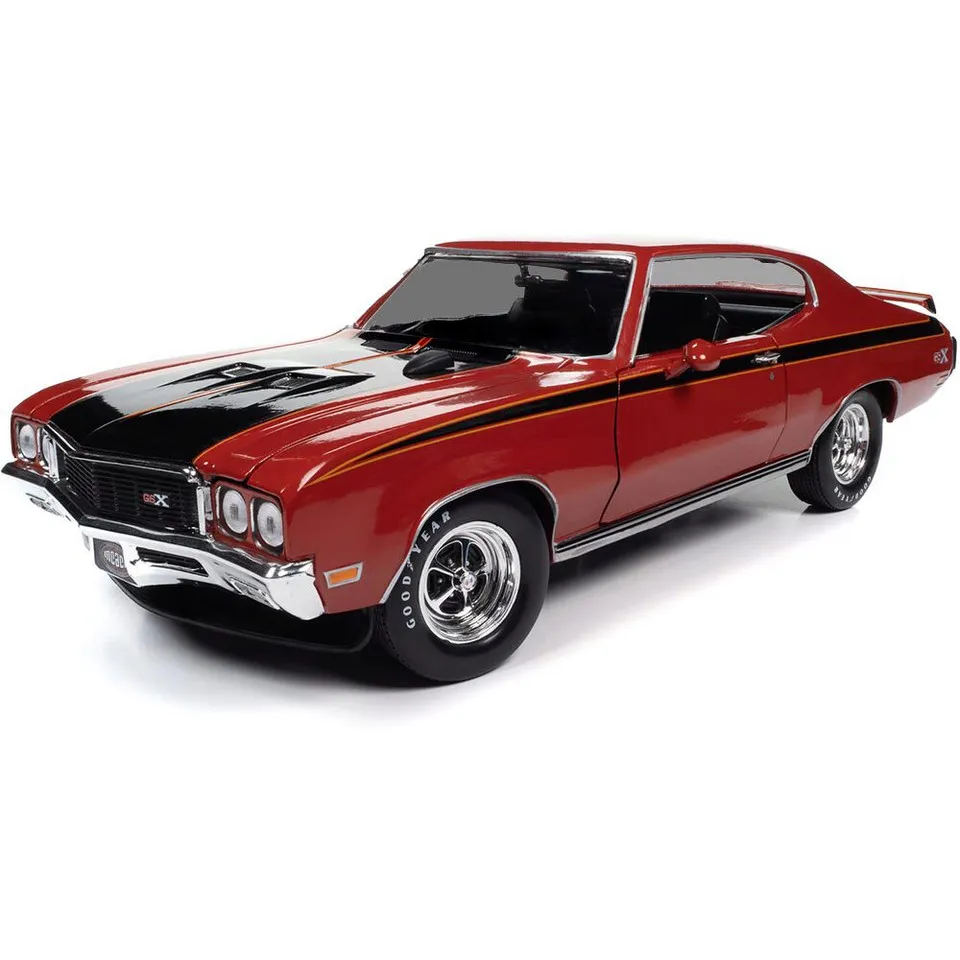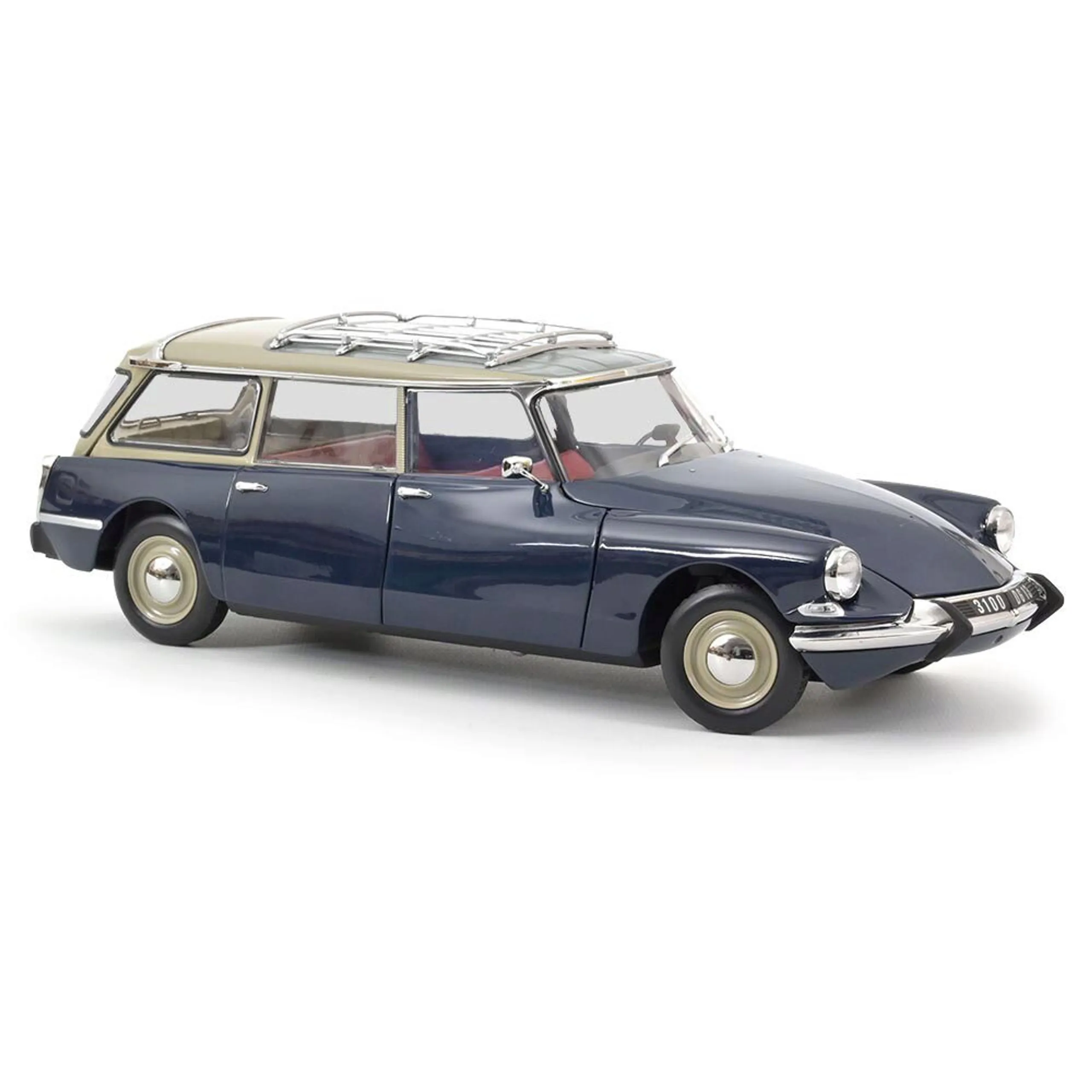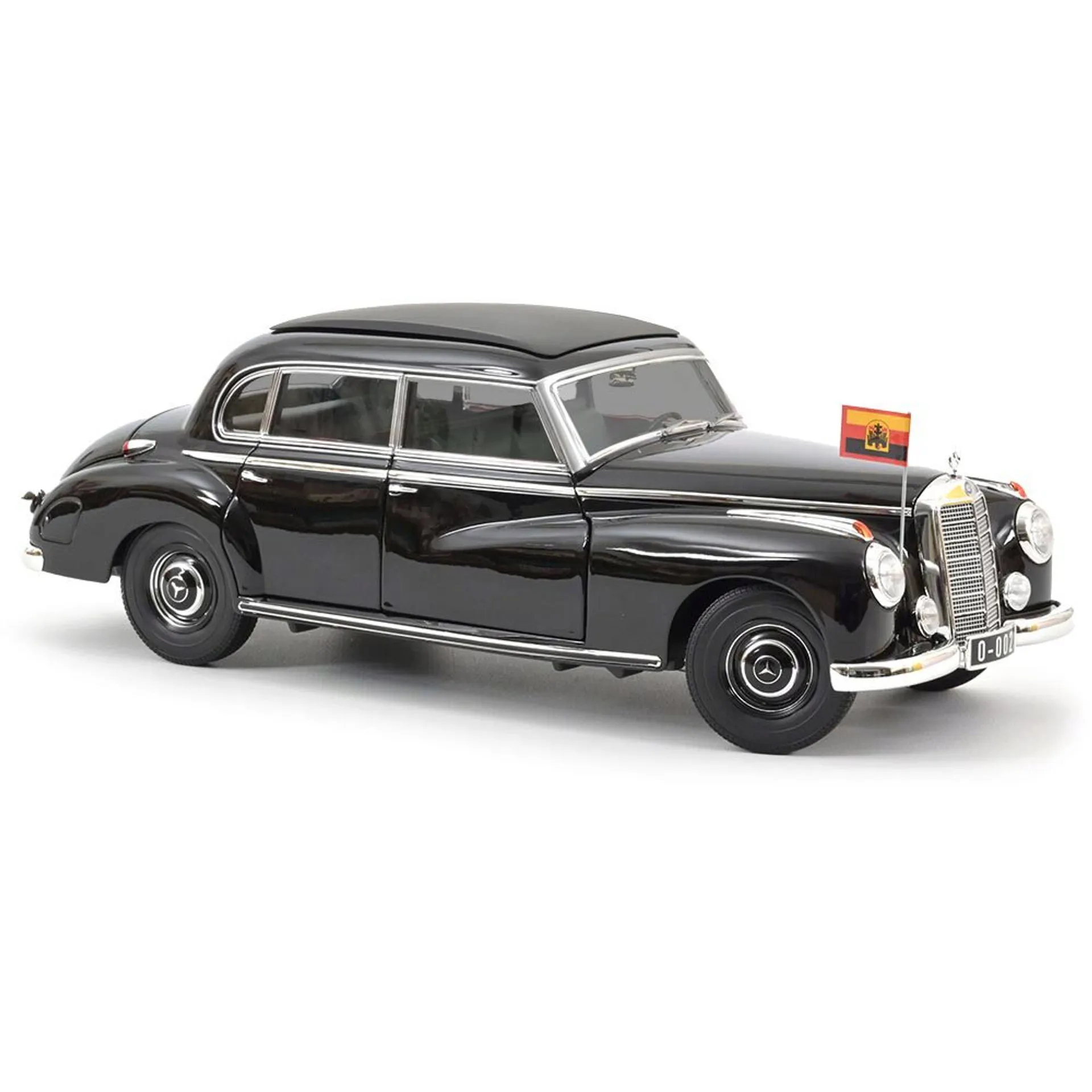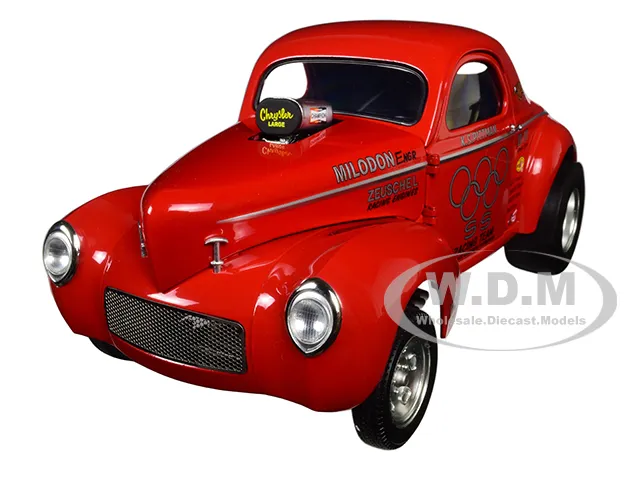What are Diecast Model Cars
Diecast model cars are miniature replicas of real vehicles, meticulously crafted from diecast metal, typically zinc alloy. These models are not just toys; they are highly detailed representations, sought after by hobbyists and collectors worldwide. The level of detail can vary from basic to incredibly intricate, accurately replicating everything from the car’s exterior design to its interior features and engine components. Building these models allows enthusiasts to engage with automotive history and engineering in a hands-on way. The experience provides a relaxing escape for individuals who are passionate about cars, scale modeling and appreciate the beauty of these miniature machines.
The Allure of Self-Build Diecast Models
The appeal of self-build diecast models lies in the satisfying process of creation. Unlike pre-built models, these kits require the builder to assemble each component, offering a sense of accomplishment and pride in the final product. It’s a journey of discovery, learning about the car’s design and how it all fits together. Each kit offers a unique challenge, allowing builders to hone their skills and improve their techniques with every model. The hobby offers a creative outlet where precision, patience, and attention to detail are rewarded with a tangible, beautiful result that you can proudly display. Furthermore, it connects individuals with a shared passion for cars, and gives access to a vibrant community.
Why Choose Diecast Models

Diecast models provide a unique combination of hobby, artistry, and appreciation for automobiles. Unlike some hobbies, model building does not require a huge amount of space or expensive equipment. The models themselves are durable and can last for years. The models are accessible and can be relatively affordable, making them an excellent entry point for those new to the hobby. Besides, the wide variety of models available caters to all tastes, from classic cars to modern supercars. This accessibility, combined with the rewarding experience of creating something beautiful, makes diecast model building a popular and fulfilling hobby for people of all ages and interests. It’s also a fantastic way to learn about automotive design and engineering.
Getting Started with Your Hobby
Embarking on your diecast model-building journey is an exciting prospect, and it’s easier than you might think. Start by selecting a model that appeals to you. Consider your skill level and the complexity of the kit. Beginner kits usually come with fewer parts and simpler instructions. Gather the necessary tools and supplies. Many kits include some basic tools, but you’ll likely need to purchase additional items like hobby knives, glue, paint, and brushes. Set up a dedicated workspace to keep your projects organized and prevent any distractions. Remember to take your time, enjoy the process, and don’t be discouraged if you encounter challenges. The key is patience and a willingness to learn.
Essential Tools and Supplies
Having the right tools and supplies is key to a successful model-building experience. Start with a hobby knife and a cutting mat for precise cutting and assembly. A set of small files helps refine parts and smooth edges. Various types of glue, including plastic cement and super glue, are essential for bonding the components. Fine-tipped paintbrushes are important for detailed painting and finishing touches. Tweezers and small clamps help hold small parts. Finally, a well-lit workspace and good magnification, like a magnifying lamp, will make the entire process more enjoyable, while helping you to get to the smallest details of your model. Proper tools ensure you can focus on assembly without difficulties.
Choosing Your First Model Car Kit

When choosing your first model car kit, start by selecting a model that sparks your interest. There is no point in building something you are not excited about. Consider the scale, with 1:24 and 1:18 being common. A smaller scale model will require less space. Review the kit’s complexity level, often indicated by a number on the packaging. Beginners should start with simpler kits that have fewer parts and easier-to-follow instructions. Research the manufacturer’s reputation and read reviews to gauge the quality and accuracy of the kit. Don’t be afraid to ask questions at your local hobby shop or online forums. Choosing a kit that matches your experience will set you up for a positive start.
Popular Brands to Consider
Several brands are known for producing high-quality diecast model car kits, making them popular choices among hobbyists. Tamiya is recognized for its precision engineering, detailed instructions, and wide range of subjects, from classic cars to modern racing vehicles. Revell offers a good balance of quality and affordability, with a variety of kits suitable for beginners. AMT specializes in classic American cars and trucks, providing unique options for modelers. Italeri is a European brand offering a range of cars, trucks, and military vehicles. Explore these brands and more, and remember to compare kits and read reviews to find a good match.
Step-by-Step Assembly Guide
Assembling a diecast model car is a rewarding process. You will start by carefully preparing the parts, removing them from the sprues, and cleaning any excess plastic or flashing. Read the instructions and take your time. Then, assemble the chassis and body, using glue to securely attach the parts. Pay close attention to the alignment and fit of each piece. As you proceed, add the wheels, tires, and other details. Once the car is assembled, you can move on to the painting and finishing touches. Remember that patience and attention to detail are your best assets. The process can be enjoyable, and the end result will be your own beautiful miniature car.
Preparing the Parts

Before assembling your model, careful preparation of the parts is crucial. Start by removing the components from the sprues (plastic frames) using a hobby knife or sprue cutters. Trim away any excess plastic, known as flashing or sprue marks, using the knife or a fine file. Check each part to ensure that it fits properly before applying any glue. Dry-fitting components together is a crucial step. This helps you identify any areas that may require additional trimming or adjustments. Thorough preparation will make assembly much easier and result in a cleaner, more detailed model. This initial stage sets the foundation for a successful build, ensuring a smoother experience and a higher-quality final product.
Assembling the Chassis and Body
The chassis and body are the foundational elements of your diecast model, and their assembly is critical to the overall quality. Start by attaching the various parts of the chassis, such as the suspension, exhaust system, and engine components. Use plastic cement to securely bond the parts together, following the instructions carefully. Once the chassis is complete, move on to the body, joining the sides, roof, and other panels. Ensure that all parts align properly, and use clamps or tape to hold them in place while the glue dries. The chassis and body assembly demands patience and precision. A well-constructed chassis provides stability for the body, while a properly assembled body ensures that the model’s lines and proportions are correct.
Adding Wheels, Tires, and Other Details
After the chassis and body are assembled, it’s time to add the finishing touches that bring your model to life. Attach the wheels and tires, ensuring they fit correctly and are aligned properly. This is also the time to add details such as windows, mirrors, lights, and interior components. These details not only make the model more realistic but also help to enhance the overall look of the model. Using tweezers and small clamps can make the process much easier. Paying attention to these finer points makes your model stand out. Proper placement and secure attachment will significantly improve the overall appearance of the model, demonstrating your attention to detail and passion for building.
Painting and Finishing Techniques

Painting and finishing are key steps in enhancing the realism and appearance of your diecast model. Proper preparation is essential: ensure the surfaces are clean and smooth before applying any paint. Use primer to create a base for the paint and to help the paint adhere to the plastic. Select the appropriate paints, such as enamel or acrylic, based on your preference and the kit’s instructions. Apply the paint in thin, even coats to avoid drips and ensure a smooth finish. After the paint has dried completely, you can add decals and other detailing elements. This stage requires patience, precision, and a good eye for detail, resulting in a more authentic and attractive finished product. Painting brings the model to life.
Types of Paints and Finishes
Choosing the right paint is crucial for achieving the desired finish on your diecast model. Acrylic paints are water-based, dry quickly, and are easy to clean, making them ideal for beginners. Enamel paints are oil-based, provide a durable finish, and offer a wide range of colors. Lacquer paints dry quickly and offer a high-gloss finish but require special thinners and ventilation. Besides, you can find a variety of finishes, including gloss, matte, and satin, each of which offers a unique aesthetic. Consider the type of paint to match the model and your skill level. Proper preparation, including priming and sanding, will help you create a perfect base for any finish you choose. Using various paint types gives a great array of looks.
Advanced Techniques for Detailing
Once you have mastered the basics, you can explore advanced techniques to add even more detail and realism to your models. Weathering techniques, such as dry brushing, washes, and panel lining, can create a sense of depth and dimension. Dry brushing involves using a dry brush with a small amount of paint to highlight details and create a weathered effect. Washes are thin coats of paint applied to crevices and recesses to enhance the definition of details. Panel lining uses a thin wash to accentuate panel lines and separation. Decaling and masking can also be used to add intricate details. These advanced methods will improve the look and feel of your diecast model car.
Displaying and Preserving Your Models

After you’ve poured your heart and soul into building a diecast model, it’s important to display and preserve it properly. Choose a display case or shelf to protect your models from dust, sunlight, and accidental damage. Consider the lighting: good lighting can highlight the details and enhance the visual appeal of your collection. To prevent dust buildup, clean your models regularly with a soft brush or cloth. Keep your models out of direct sunlight, which can fade the paint and damage the plastic. Proper care and display will not only showcase your models beautifully but also help to extend their lifespan. Preserving your models allows you to continue enjoying your handiwork for years to come.
Showcasing Your Collection
Displaying your diecast model collection is a way to share your passion and to showcase your creations. Consider the arrangement, by grouping models by make, model, scale, or theme. Use display cases with clear sides and tops to protect the models while allowing for easy viewing. Consider the background, which can add depth and visual interest. Use lighting strategically to highlight specific details and to create a dramatic effect. Rotate your collection to keep things fresh and interesting, and to show all of your models. By thoughtfully showcasing your collection, you can transform your hobby into a beautiful display that you, your family, and your friends can enjoy.
Protecting Your Models from Damage
Protecting your diecast models is an essential part of preserving your investment and your labor. Store your models in a dust-free environment. Protect your models from excessive sunlight, which can damage the paint and plastic. Avoid placing your models in areas where they might be bumped or knocked over. Consider using clear display cases to shield your models from dust and accidental damage. If you need to move your models, pack them carefully in appropriate containers. Applying these preventive steps will help to keep your collection in pristine condition and increase its life.
Joining the Diecast Community

Joining the diecast model community is a way to enhance your enjoyment of the hobby. Connect with fellow enthusiasts to exchange ideas, share tips, and see other models. Participate in online forums and communities to learn more about the hobby. Attending local clubs and events is a great way to meet other modelers, see their work, and find inspiration. Sharing your knowledge and experience will help others. The diecast model community is a great way to meet people with similar interests. Participating in online communities and local events can provide access to a wealth of information. Sharing your creations is a great way to contribute to the community.
Online Forums and Communities
Online forums and communities are valuable resources for diecast model builders of all levels. They provide a platform for members to share their work, ask questions, and find support. You can exchange tips and advice with other modelers, learn new techniques, and discover valuable resources. Participate in discussions, ask questions, and share your expertise. These online communities often host contests, provide reviews of model kits, and offer opportunities for purchasing and selling models. Join forums to expand your knowledge and connect with fellow enthusiasts. They’re a great place to gain inspiration. Take advantage of the collective knowledge within the community.
Local Clubs and Events
Local clubs and events provide opportunities to meet other modelers in person and to see their creations firsthand. Attending model shows and exhibitions is an excellent way to showcase your work and to see a wide variety of models. Participating in contests and competitions can push you to improve your skills. Local clubs often organize workshops and clinics, where you can learn new techniques and meet professionals in the hobby. These events offer a chance to network and to make connections with fellow hobbyists. They provide a sense of community, inspiration, and motivation. Participating in local clubs can help you enhance your skills and passion for diecast model building.
